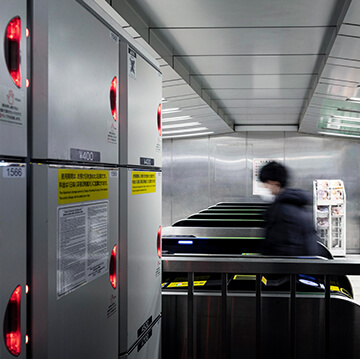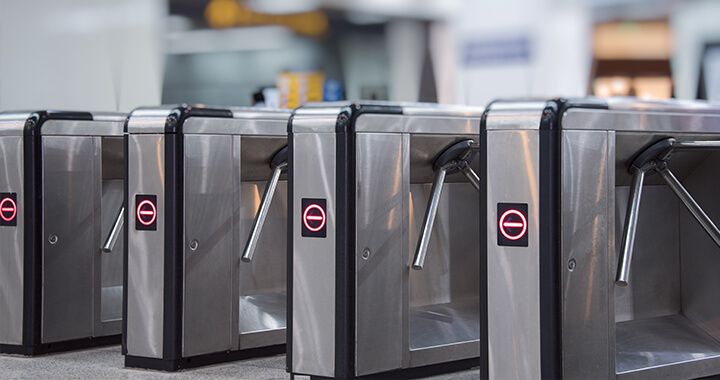At sensitive sites, whether industrial, commercial or public, security relies on a range of measures: access control, CCTV, fire detection, intrusion detection, intercom systems, etc. While each of these plays an essential role, they are often operated independently, at the risk of losing effectiveness. These controls, in particular, are an essential component in securing the flow of people and vehicles. However, without coordination with other systems, their scope remains limited. This is where supervision comes in.
An essential pillar, but often compartmentalised
Access control ensures control of entrances and exits on a given site, whether it be restricted access areas, administrative buildings or critical infrastructure. By combining identifiers, badge readers, biometrics and time management, it ensures that only authorised persons pass through defined checkpoints.
However, this technology, although central, is too often confined to an isolated role. Each supplier offers its own system with its own interface, protocols and event logs. This diversity complicates day-to-day operations: an incident at a door does not necessarily trigger a visual alert, a rejected badge is not always correlated with a video image, and the traceability of events remains fragmented.
Without links between the various security tools, operators lose responsiveness and struggle to get an overview of the situation. To take risk prevention and management further, the challenge now is to integrate these security measures into a comprehensive supervision approach.
Panorama: connecting access control to other security systems
Rather than replacing existing devices, Panorama acts as a unifying platform. Thanks to its open architecture and standard protocols (OPC UA, Modbus, BACnet, SNMP, etc.), the solution can be easily integrated with third-party access control systems, as well as CCTV, fire alarm, intrusion detection and technical management equipment.
The objective is simple: to centralise security data in a single environment to provide consistent and contextualised supervision.
In practical terms, an operator can view the status of doors, rejected badges or alarms in sensitive areas in real time directly on a dynamic map interface. Each event is enriched with context: a door that has been left open can be automatically linked to the corresponding camera or to an alert message on the SCADA application.
Panorama also allows information to be correlated between multiple systems:
- When a badge is refused, the camera for that area can be displayed instantly.
- In the event of an intrusion, neighbouring access points are automatically locked.
- Access control events can be integrated into operating logs for subsequent analysis.
This interoperability transforms access management into a real lever for operational efficiency, while facilitating coordination between security and operations teams.

SCADA system for unified risk management
By connecting these controls to other components of the security system, supervision is no longer limited to simple visualisation: it becomes a strategic tool for unified risk management.
Security managers can now analyse, monitor and document events from a single interface. SCADA systems, such as Panorama E2, provide key indicators: access refusal rates, operational anomalies, average alert processing time, etc. This data facilitates decision-making and the continuous improvement of security procedures.
Traceability is also enhanced. All access control events are archived and time-stamped, ensuring regulatory compliance and simplifying internal audits.
But monitoring also plays a role in cybersecurity. By integrating security systems into a controlled monitoring framework, Panorama helps secure exchanges between OT and IT equipment. Every flow is monitored, every alarm contextualised, every action logged.
Finally, this comprehensive approach promotes a cross-functional view of risk: physical, technical and organisational. Operators have a single tool to understand the interactions between different systems, identify weaknesses and anticipate failures.
Access control remains an essential component of any security system, but its true power lies in its integration within a general supervision system such as a SCADA application. With Panorama, operators can unify flows from security and operating systems, centralise alerts and benefit from a comprehensive and consistent view of their site. This connected approach transforms SCADA into a true risk governance tool, ensuring operational performance, compliance and peace of mind in day-to-day management.







